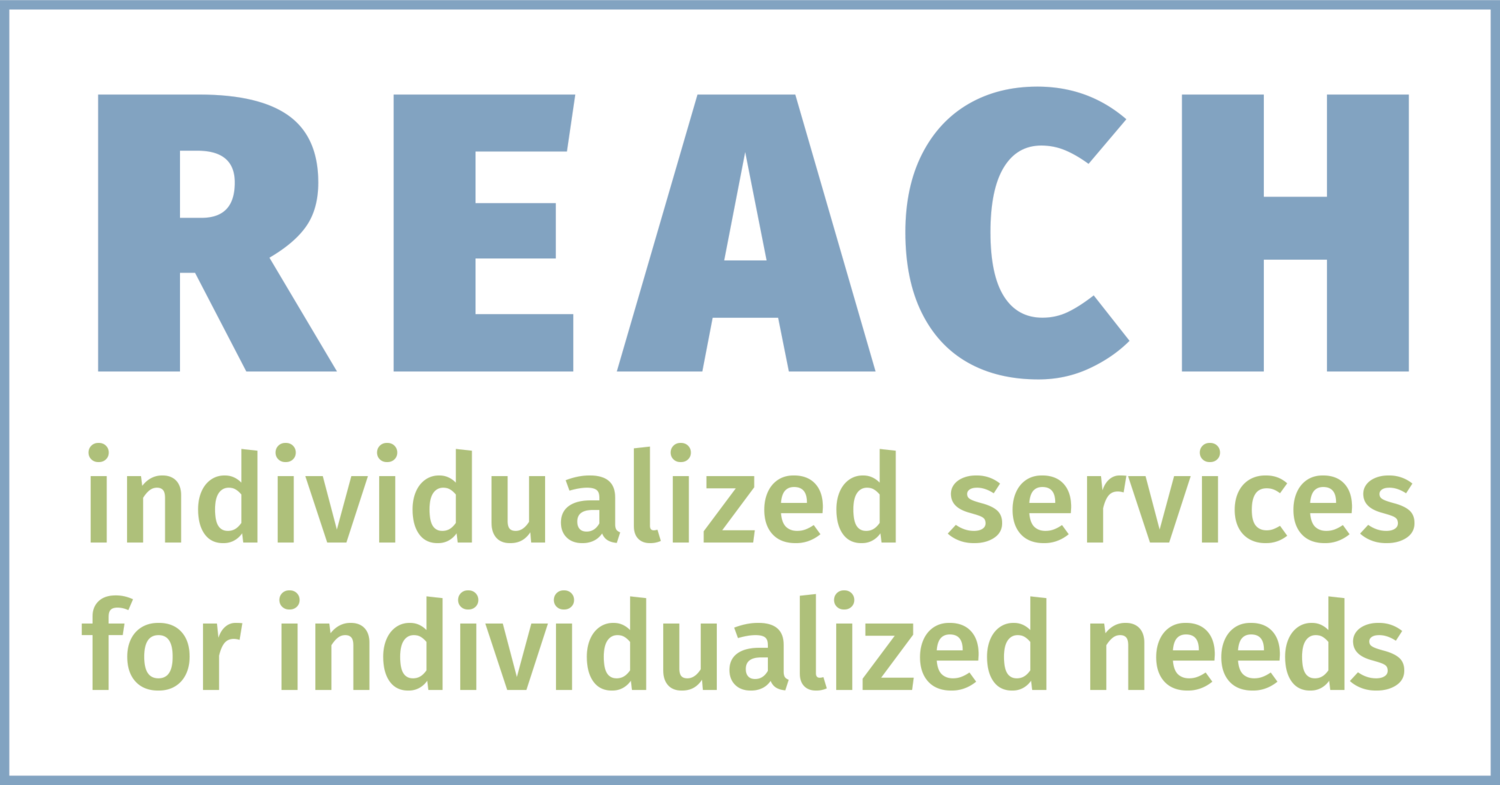Why Are Transitions So Challenging?
Think about the last vacation you took from work.
Whether it was a week off to celebrate the winter holidays with your family or a 10-day trip to Disney, when it's time to get back into the swing of things and return to your normal routine, it can be a tough pill to swallow. You may find yourself hitting snooze a few extra times in the morning or struggling to check everything off your to-do list for the first few days.
Transitions are challenging - and they become even more difficult when the transitions become more major, especially thinking about transitioning from elementary to middle or middle to high school or even high school to college.
So what causes these conflicting feelings?
It's safe to say that, as humans, we're creatures of habit. We like things to stay the same, because that familiarity offers a sense of safety. For kids, they're even more challenging, especially when a child is transitioning from something easy or fun to something less desirable or foreign. Our society of perfectionism and productivity can provoke anxiety when it comes to doing something new, too.
Some signs that your child might be struggling with transitions include:
Resistance - Your child might be resistant, avoiding the transition at all costs and only engaging in conversation or activity related to it after repeated encouragement.
Avoidance/Distraction - They might try to distract themselves or you by asking questions or trying to engage you in conversation that is irrelevant to the topic of the transition.
Negotiation - Your child might even try to negotiate, offering up certain "behaviors" or "conditions" as a trade-off for not having to go through with the transition.
Meltdown/Shutdown - You may notice increased tantrums or other disruptive behaviors as the transition approaches.
How to Help Your Child Manage Transitions
Here are a few ways you can help your child, and plan for an upcoming transition.
1. Make a Plan
One of the most effective strategies for helping your child ease into a transition is to make a plan together. Discuss the upcoming transition—where they will be going, what they should expect, and how long it will last—and then map out how they will approach it.
You might say:
"Here's your schedule for the new school year. It looks really different than last year, huh? It is okay to feel excited and nervous about it!”
"You're going to start middle school at Stafford in September. Your schedule will look a little bit different since you'll have to change classes every hour, but don't worry - there are lots of teachers and older kids there who will help you until you get used to it."
2. Transition in School
If possible, give your child the opportunity to shadow at their next school or program prior to actually attending it. This can help them become familiar with their new surroundings before actually having to be there on their own.
To warm your child up to this idea, you might say something like:
"I know you're a little bit nervous about starting your new school. What if we go check it out together? When we get more information sometimes, new things feel less intimidating or scary."
3. Discuss/Anticipate Emotions
Another great strategy is simply talking about emotions associated with transitions—both good and bad ones. Check-in with yourself as a parent on your feelings and ask your child how they are feeling. Acknowledge and normalize those differences together.
Here are some conversation starters:
"Doing something new can be scary, exciting, or both of those feelings! It always helps me to talk about it. Do you feel like that? How can we help you feel more at ease?"
"Man, transitions can be hard! I know I feel nervous sometimes when I have a big change coming up. Do you feel that way? What is it like for you?"
“When starting something new, some people might feel excited, some people might feel nervous, or some people might feel a couple of different emotions. Do any of those sound like you?”
Be sure to give your own emotions some space, too. A conversation with your child might look like:
“Sometimes I have different emotions at the same time. I feel excited for you, but there is a part of me that is going to miss you because I love you. I want you to have a great time. That sadness is for me to manage.”
4. Positive Self-Talk
Once you’ve identified potential sources of anxiety or fear, you might even practice some positive affirmations together in order to better prepare them for upcoming changes in their lives!
Here are some examples of "mantras" you might tell your child to help calm their nerves:
"It's okay to feel nervous. It shows that I care!"
"I can learn how to do anything."
"I can do hard things!"
"My teachers are here to help me."
"I can do anything I put my mind to."
5. Spend Time Together
Spend some quality time together before making a big change, whatever that change or transition may be. Watch a movie, go out for fro-yo, take a walk, play volleyball in the park — whatever helps bring you closer together and relieve some of your child's anxiety. Provide a space where you might talk about those feelings or your might not. Regardless, that connection time will allow your child a space to share when they are ready.
And finally, know that sometimes the best approach is to not make a big deal of it at all. If your child doesn't seem to be bothered about the upcoming change, you don't need to create stress or anxiety by bringing it up every chance you get.
Know that the tips we described above can help you set your child up for success - and to prepare for the best school year yet. Have a great summer!
